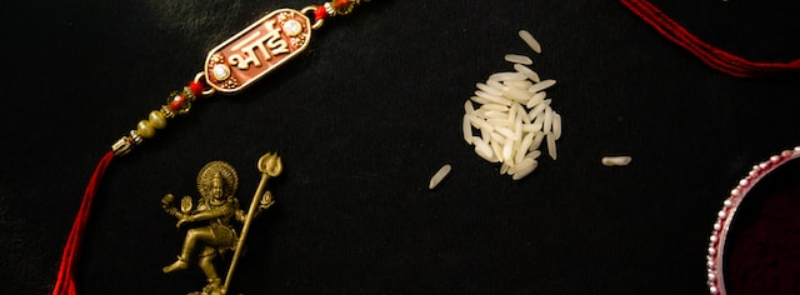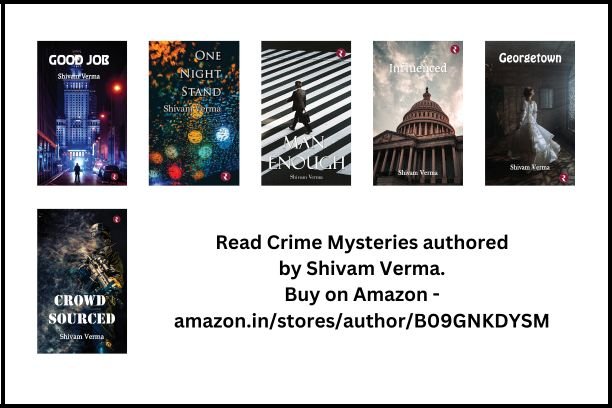
When It Occurs
Full Moon Day of Hindu Month of Shravana
Timeline
Days Passed (806)
# Hashtags
#RakshaBandhan #HappyRakhi
Raksha Bandhan, also known as Rakhi, is an annual celebration observed on the full moon day of the Shravan month. On this auspicious day, sisters perform prayers before tying Rakhi on their brothers' wrists, expressing wishes for their well-being and success in life.
This festival is rooted in Hindu and Jain traditions and is often referred to as Shravani (Savani) or Salono, given its association with the Shravan month. During Raksha Bandhan, sisters solidify the bond of protection by applying tilak on their brothers' foreheads, symbolizing Rakhi. Sisters fervently pray for the longevity of their brothers, while brothers reciprocate by pledging to safeguard their sisters throughout their lives.
Date and Timing
- Raksha Bandhan falls on the full moon day of the Hindu month of Shravana (July-August). The exact date varies each year based on the lunar calendar.
Significance
-
Symbol of Protection:
- The word "Raksha" means protection, and "Bandhan" means bond or tie. The festival celebrates the emotional bond between brothers and sisters, where the brother promises to protect his sister, and in return, the sister prays for his well-being and prosperity.
- The festival extends beyond blood relations, as it can be observed between cousins, friends, and even individuals who share a close, sibling-like bond.
-
Cultural and Religious Importance:
- In Hindu mythology, Raksha Bandhan has been mentioned in several epics, including the Mahabharata. It is believed that Draupadi, the wife of the Pandavas, tied a piece of her sari around Lord Krishna's finger when he was injured during battle. Touched by her gesture, Krishna vowed to protect her, symbolizing the core essence of Raksha Bandhan.
- Another legend relates to King Bali and Goddess Lakshmi, where Lakshmi tied a sacred thread around Bali’s wrist, establishing a bond of protection and love.
Traditional Customs and Rituals
-
Rakhi Tying Ceremony:
- The central ritual of Raksha Bandhan involves a sister tying a rakhi (a decorative thread) on her brother's wrist. The rakhi is a symbolic thread that represents the sister's love, prayers, and wishes for her brother's safety, while the brother vows to protect her throughout his life.
- Before tying the rakhi, a puja (prayer) is performed, where the sister applies a tilak (red mark) on her brother’s forehead, and performs aarti (a ceremonial offering with a lighted lamp).
-
Exchange of Gifts:
- After tying the rakhi, the brother typically gives his sister a gift as a token of love and appreciation. The gift can range from sweets, money, or jewelry to more personalized presents.
- The sister, in turn, offers her brother sweets and blessings for his long life and happiness.
-
Family Gatherings:
- Raksha Bandhan is a day for family reunions and gatherings. Siblings who live far apart often make special efforts to come together to celebrate. For those who cannot meet, sisters send rakhis by post or online to ensure the tradition is maintained.
-
Feasting and Sweets:
- Like most Indian festivals, Raksha Bandhan is marked by a feast, where families enjoy a special meal together. A variety of traditional sweets like laddus, barfi, and kheer are prepared and shared as part of the celebrations.
Regional Variations
While Raksha Bandhan is primarily a North Indian festival, it is celebrated across India with different regional variations:
-
West Bengal and Odisha:
- In West Bengal and Odisha, Raksha Bandhan coincides with the celebration of Jhulan Purnima, a festival dedicated to Lord Krishna. Sisters tie rakhis on their brothers, and the day is marked by prayers to Lord Krishna and Radha.
-
Maharashtra:
- In Maharashtra, Raksha Bandhan is known as Nariyal Purnima, especially among the coastal communities. Fishermen offer coconuts to the sea as a mark of reverence and celebrate the bond between siblings.
-
Gujarat:
- In Gujarat, the festival is linked with the worship of Lord Shiva. Devotees celebrate Raksha Bandhan with great fervor, tying rakhis as part of their spiritual observances.
-
Rajasthan:
- In Rajasthan, women also tie rakhis to the wrists of lords or kings, continuing the tradition of expressing loyalty and protection. In the royal families, the custom of tying rakhis to rulers was a way of cementing alliances between kingdoms.
-
Uttarakhand:
- Raksha Bandhan is celebrated as Janopunyu in Uttarakhand, where along with the rakhi-tying ceremony, people also perform rituals to change their janeu (sacred thread) as part of a spiritual renewal process.
Raksha Bandhan Beyond Biological Siblings
Raksha Bandhan isn't limited to biological siblings. The festival has evolved into a symbol of universal brotherhood and love. Women sometimes tie rakhis to their friends, cousins, or even neighbors as a gesture of goodwill and friendship.
In some cases, even soldiers at the borders are sent rakhis by women across the country as a symbol of respect and love for the protection they provide to the nation.
Modern Celebrations
-
Online Rakhi Celebrations:
- In the age of technology, Raksha Bandhan has adapted to modern times with online rakhi shopping and the ability to send rakhis and gifts to loved ones who are far away. Many websites and platforms provide services for sending rakhi globally.
-
Social Media Influence:
- Social media plays a significant role in how Raksha Bandhan is celebrated today, with people sharing their rakhi moments and greetings on various platforms.
-
Film and TV Influence:
- Bollywood films and television serials have often highlighted the importance of Raksha Bandhan in Indian culture, further popularizing its celebration.
-
Charity and Social Causes:
- In some communities, Raksha Bandhan is linked to social causes. For example, rakhis are tied to trees as a symbol of protecting the environment, or women from underprivileged backgrounds are given a chance to celebrate the festival as part of community-driven initiatives.
Historical and Mythological Stories
-
Rani Karnavati and Emperor Humayun:
- One of the most famous legends associated with Raksha Bandhan is the story of Rani Karnavati, the widowed queen of Chittor, and the Mughal Emperor Humayun. When Rani Karnavati’s kingdom was threatened by Bahadur Shah of Gujarat, she sent a rakhi to Humayun, seeking his protection. Touched by the gesture, Humayun is said to have immediately set out to defend her kingdom.
-
Lord Yama and Yamuna:
- In another mythological tale, Yamuna, the sister of Yama, the god of death, ties a rakhi on his wrist every year, and in return, Yama grants her immortality. It is believed that Yama promised that any brother who had a rakhi tied on his wrist would also receive protection and blessings.
Conclusion
Raksha Bandhan is a celebration of the sacred bond of love between brothers and sisters. It is a time for families to come together, express love, gratitude, and reaffirm the protective relationship shared between siblings. Though rooted in tradition, the festival has adapted to modern times, continuing to evolve while maintaining its essence of love, duty, and protection. It remains one of the most heartfelt festivals in Indian culture, transcending time, region, and relationships.


